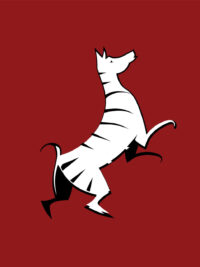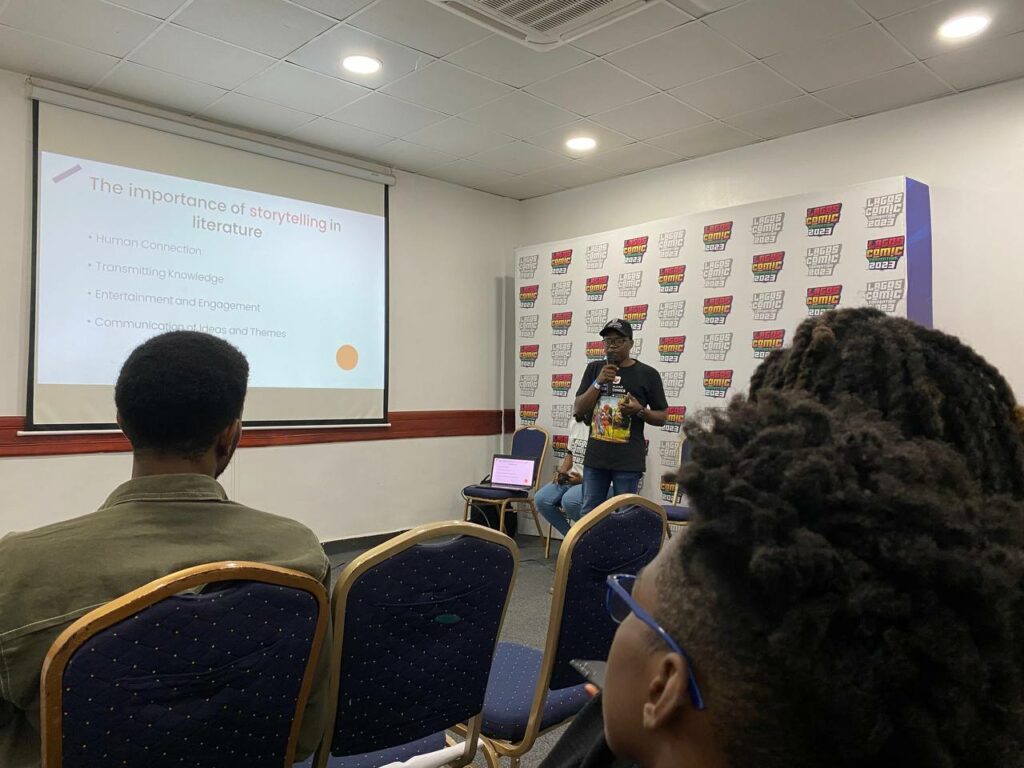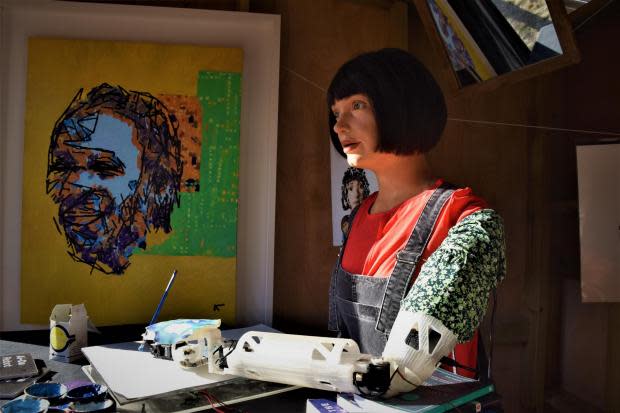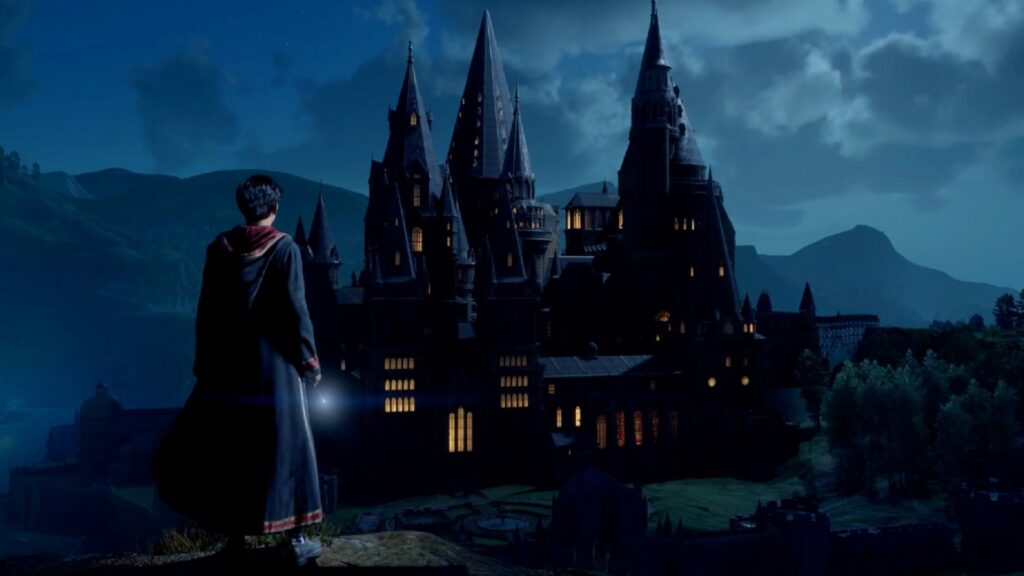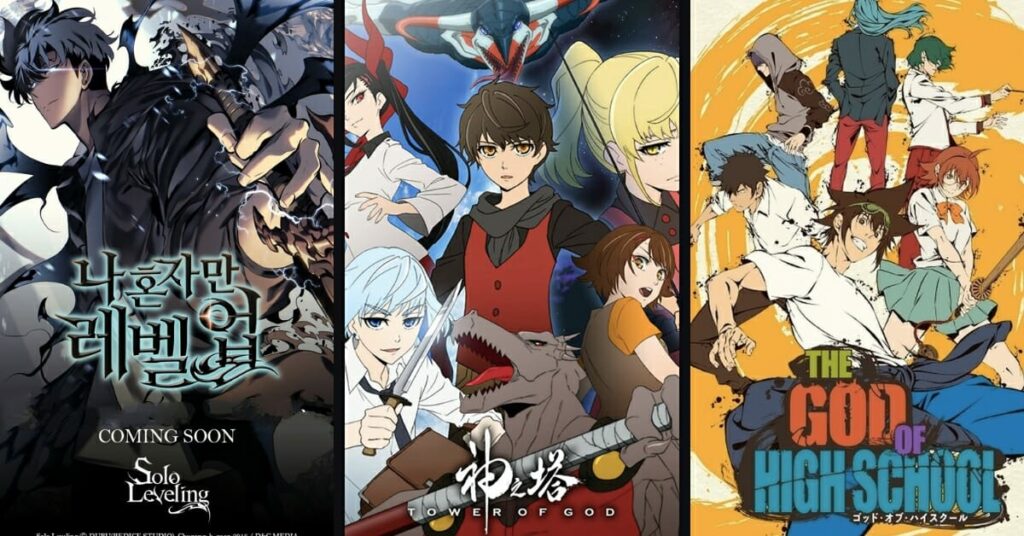3 Shocking Metrics That Prove Fans Are Thirsty for African Comics (and Throwing Money at Them!)
Move over, Hollywood! Africa’s comic book scene is exploding, and fans are proving their devotion with cold, hard cash. The global comic book landscape has witnessed transformative shifts over the years, with diverse genres and art styles captivating audiences worldwide. While American comics and Manga have dominated the scene for decades, a rising star is […]
